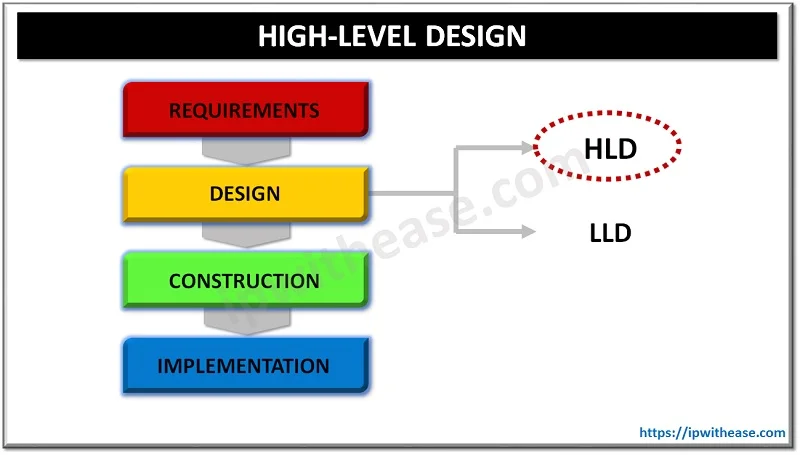Table of Contents
Cisco Catalyst 9000 series platform is 1st purpose-built platforms designed to integrate with Cisco DNA and Cisco SD-Access. These family of switches are designed to address present and future demands of security, mobility, the Internet of Things (IoT) and the cloud.
This post will share the comparison of high-end catalyst 9400 and 9500 series switches.
Related- Cisco Catalyst Switch
Both the series (9400 and 9500) are purpose-built to be positioned at Core and Aggregation layers (though 9400 may also be provisioned in Access layer), where 9400 is modular architecture and 9500 comes in pizza box size (1 RU). Further, 9500 has brought link bandwidth to a new level of 100G uplink support.
Cisco Catalyst 9400
Cisco Catalyst 9400 Series is a modular enterprise-class access switch designed for campus networks. It is a core component of Cisco’s intent-based networking and is ideal for high-performance, secure, and scalable network access.
Features
| Feature | Description |
|---|---|
| Modular Design | Supports up to 7-slot chassis (C9407R), allowing flexible port and supervisor module configurations. |
| High Availability | Supports redundant power supplies, fans, and Supervisor Engines for nonstop operation. |
| Uplinks & Ports | Offers high-density 1G, 10G, 25G Ethernet ports; supports PoE, PoE+, UPOE. |
| Security | Includes MACsec encryption, TrustSec, and SD-Access for secure access and segmentation. |
| Performance | Up to 9 Tbps switching capacity with Supervisor Engine 2/2XL. |
| Stacking/Virtualization | Supports Cisco StackPower and Cisco StackWise Virtual for power and switch stacking. |
| Network Management | Fully managed by Cisco DNA Center and supports Software-Defined Access (SD-Access). |
Cisco Catalyst 9500
Cisco Catalyst 9500 Series is a fixed-core, high-performance switch designed specifically for enterprise campus core and aggregation layers. It is built for high-speed, secure, and scalable Layer 2 and Layer 3 services, making it a key part of Cisco’s intent-based networking and SD-Access architecture.
Features
| Feature | Description |
|---|---|
| Fixed Form Factor | 1RU or 2RU chassis with fixed uplink and downlink ports (no modular slots). |
| High Performance | Supports up to 6.4 Tbps switching capacity and 2 Bpps forwarding rate. |
| Port Options | Offers 10G, 25G, 40G, and 100G Ethernet port configurations. |
| Security | Integrated with MACsec, TrustSec, and encrypted traffic analytics. |
| Redundancy | Includes dual redundant power supplies and fan trays for high availability. |
| SD-Access | Fully compatible with Cisco Software-Defined Access and DNA Center. |
| Virtualization | Supports StackWise Virtual for switch virtualization and redundant control planes. |
| Automation | Enables advanced automation and telemetry through Cisco DNA and NetFlow. |
Catalyst 9400 vs 9500
Below are the differences between Catalyst 9400 and 9500 series switches –
| Parameter | Catalyst 9400 | Catalyst 9500 |
|---|---|---|
| Type | Chassis Based | Stackwise |
| Positioning | Core/Aggregation/Access | Core/Aggregation |
| Replacement for | Catalyst 4500-E and equivalent switches | Cisco Catalyst 4500-X Series Cisco Catalyst 3850 10G fiber (48P) Cisco Catalyst 6880-X Cisco Catalyst 6840-X |
| 100G support | No | Yes |
| POE support | Yes | No |
| Dedicated Supervisor slot | yes | No |
| Uplinks | •1 Gbps •10 Gbps •25 Gbps •40 Gbps | •1/10 Gbps •25 Gbps •40 Gbps •100 Gbps |
| Downlinks | •Multigigabit •1 Gbps copper •1 Gbps SFP •10 Gbps SFP+ •Cisco UPOE •PoE+ options. | •100 Gbps QSFP28 •40 Gbps (QSFP) •25 Gbps (SFP28) •10 Gbps (SFP+) |
| High availability capabilities | •ISSU •NSF/ SSO •uplink •Resiliency •N+1/N+N redundancy for power supplies and Power over Ethernet (PoE). | •Patching •Graceful Insertion and Removal (GIR) •Nonstop Forwarding with Stateful Switchover •Redundant platinum-rated power supplies and fans |
| Models | •C9404R •C9407R •C9410R | •C9500-32C •C9500-32QC •C9500-48Y4C •C9500-24Y4C •C9500-24Q •C9500-12Q •C9500-40X •C9500-16X |
| Switching capacity | Upto 9 tbps | Up to 6.4TGbps |
Download the comparison table: catalyst 9400 vs catalyst 9500
Which one to choose?
Choose Catalyst 9400 if
- You need a modular switch with PoE/PoE+/UPOE for access or distribution layer.
- You require high port density, line card flexibility, or future expansion.
- Your design demands redundant supervisor engines and full high availability.
Choose Catalyst 9500 if
- You need a compact, high-performance fixed switch for core or aggregation roles.
- You want high throughput (up to 100G) in a non-modular, easy-to-deploy form.
- PoE is not needed, but Layer 3 speed and SD-Access compatibility is crucial.
Continue Reading
ABOUT THE AUTHOR

You can learn more about her on her linkedin profile – Rashmi Bhardwaj



